Growing in the pot is a nice and rewarding horticultural activity, especially when you grow lemons, as it allows fresh acidic cultivation in limited spaces. Whether you have …
Growing in the pot is a nice and rewarding horticultural activity, especially when you grow lemons, as it allows fresh acidic cultivation in limited spaces. Whether you have …
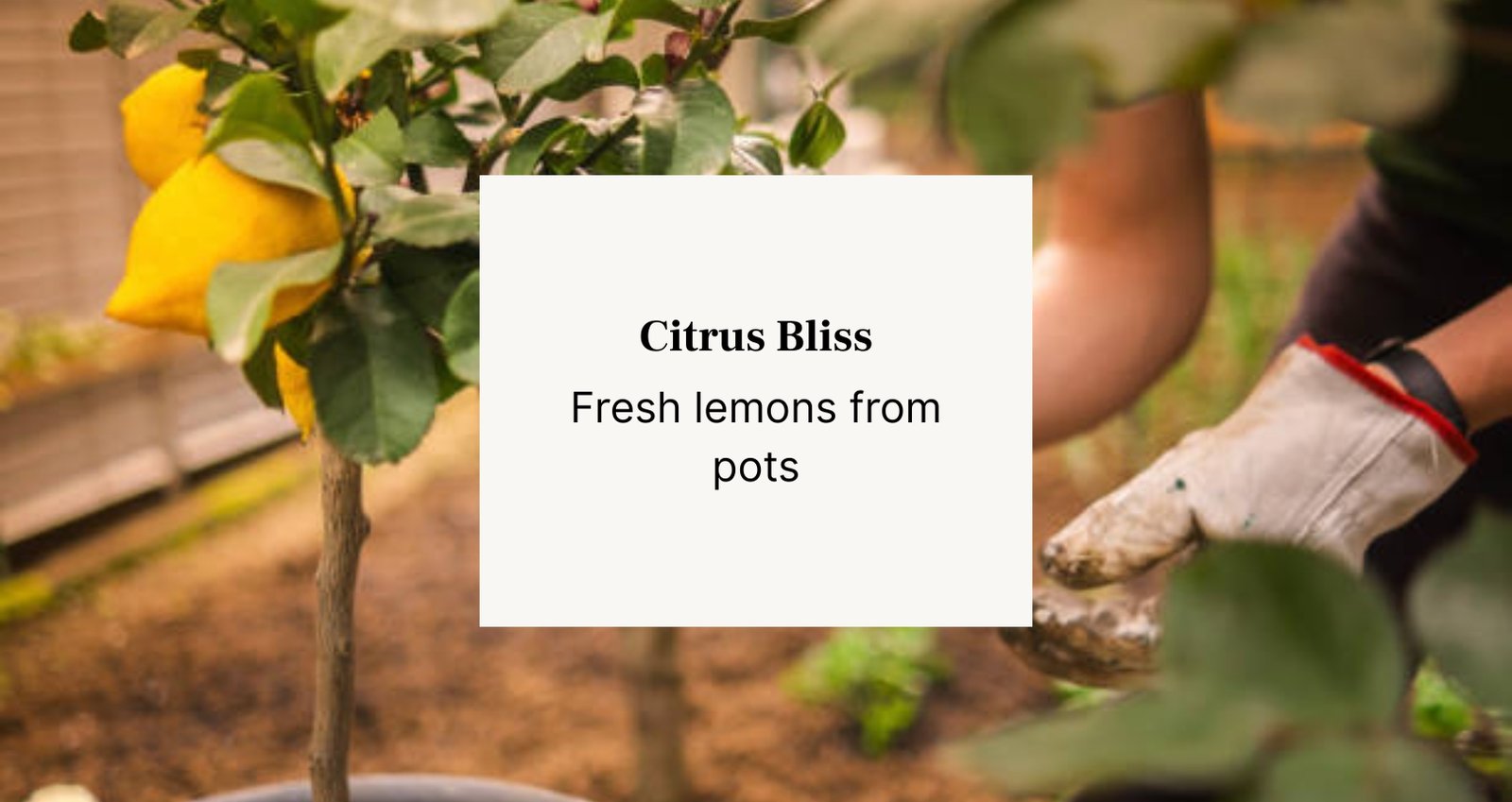
Growing in the pot is a nice and rewarding horticultural activity, especially when you grow lemons, as it allows fresh acidic cultivation in limited spaces. Whether you have a small balcony, a comfortable courtyard or even a line kitchen window, a pot can provide color and scent to the outer or indoor area. This guide will run through the lemon requirements that grow in utensils, ensuring that your tree thrives throughout the summer and from it. With the right knowledge and practice, you can enjoy the beauty and reward to your own lemon tree. Also look for 10 Summer Cleaning Hacks for Mold-Free Patio Furniture.
There are many compelling reasons to grow lemons in pot. The first and most important, pot lemon trees are ideal for small gardens or urban surroundings, where traditional planting is not possible. They provide flexibility; If the place does not get enough sunshine, you can easily take the pot to a sunshine. In addition, Homegron sitrons are fresh and more delicious than store-edited variants, providing a delicious supplement for your chef.
In addition, lemon trees are not just about fruit; They also act as beautiful decorative plants. Their light green leaves and aromatic white flowers can increase the space, making them an ideal choice for gardeners who want to add aesthetic appeal. In addition, the process of nourishing a lemon tree can be incredibly fulfilled, so you can see your tree grow and eventually give a sense of performance while you lasting fruit.
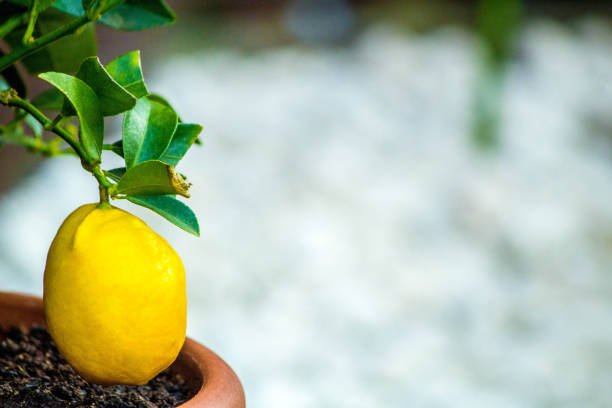
The first step for growing lemon tree in pot is to choose the right variety. Dwarf lemon trees, such as ‘Better Mayor’ or ‘Pondarosa’, is well suited for gardening. These variants are compact, making them easy to manage in the pan, and they produce delicious lemon that is perfect for cooking, cooking or fresh joy.
It helps when you opt for the correct tools for maintaining your lemon tree plant. You can plant a young tree in a container at least 12-14 inches wide and in time, the tree growing bigger may mean transferring it to a larger container. Provide your planter with holes so water can drain from it to stop roots from tearing through.
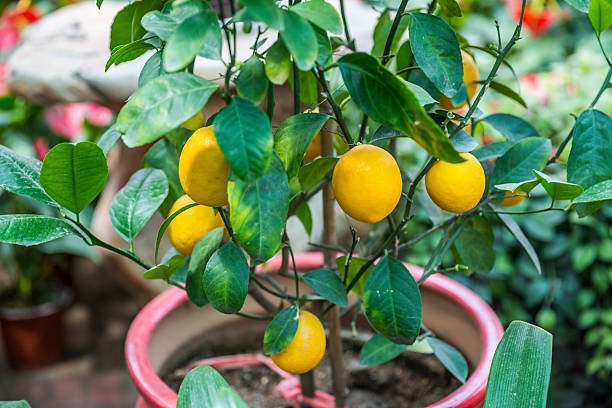
The soil you have chosen will greatly affect the growth of the lemon tree. Use a good potted mixture designed for citrus plants, especially citrus plants. If you want, you can make your mixture by mixing plain pot soil with perlit or sand. This mixture helps maintain plant moisture and remove excess water which is healthy for plant roots.
When ready for planting, gently remove the tree from the nursery pot and loosen any compact roots gently. Place the tree in the middle of the pan, make sure the root ball is in level with the soil surface. Fill around the roots with the selected soil mixture, gently it to complete the air pocket. After planting, water the tree to help you put you in the soil around the roots completely.
Lemon trees thrive in the sun all the way in the sun, so it is necessary to place the potted lemon tree on site that receives at least 8-10 hours of direct sunlight every day. If you grow the lemon tree indoors, a south -facing window is ideal. If you have limited sunlight in your outer location, consider using reflective surfaces to maximize light risk.
Proper watering lemon tree in pot is important for the health of the potted lemon tree. Water your tree when the top of the soil feels dry to touch empty inches, which usually occurs once a week. Be careful with overwater as it can cause root root. Pick a pot that drains well, because standing water isn’t good for your plant and use a moisture meter if you aren’t sure how wet the soil is in the pot.
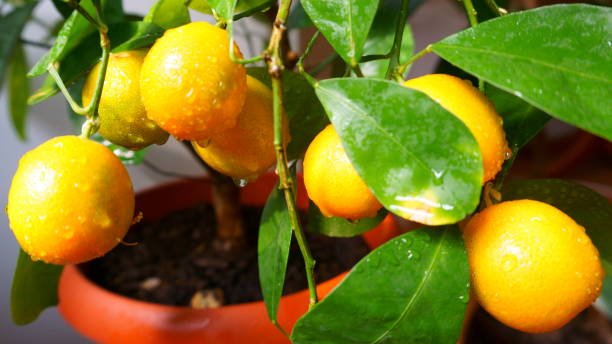
The plant needs regular fertilization to encourage proper growth and the appearance of fruit.Use a balanced fertilizer specifically designed for sour trees every 4-6 weeks during the growing season. Follow the instructions on fertilizer packaging to avoid excessive disinfection, which can damage the plant.
Pruning is an important aspect of care for the citron tree. It helps to maintain the size of the tree and encourage bushy, woody growth, which can increase fruit production. Project your citron tree in the first spring before the new growth begins. Take out the dead or overcrowded branches to enhance the airflow and lower the chances of diseases.
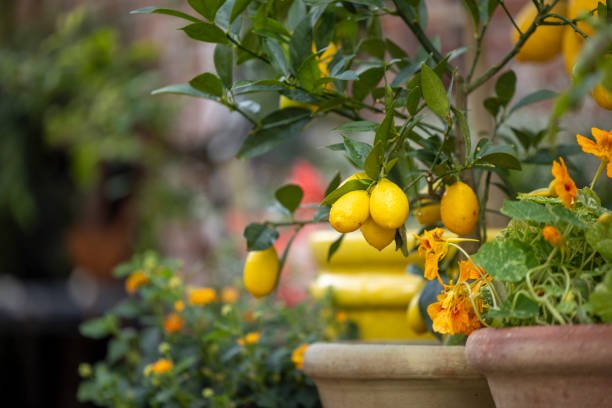
To ensure the pot of lemon tree, keep track of potential insects carefully.
Growing in the pot is a rewarding way to enjoy the fresh citrus from the relaxation of your home. By following this wide guide on how to grow lemon in the pan, you will not only grow a beautiful plant, but will also receive delicious prices of your efforts. With proper care and attention, the pot of lemon tree can bloom, giving you delicious lemon in the coming years. Start your lemon growing journey this summer and see your garden bloom!